Apple's launched the iPhone 13 Pro and iPhone Pro Max with ProMotion, camera improvements, and a 1TB option, but is it enough to spur an upgrade from a user with an iPhone 12 Pro or iPhone 12 Pro Max? We compare the figures.
The "California Streaming" special event introduced a new generation of iPhone 13 models, including the iPhone 13 Pro and iPhone 13 Pro Max. The premium models join the other two on the four-device roster, with extra features to warrant their extra "Pro" status.
At the same time as the launch, many iPhone users will be wondering whether it is worth upgrading to the latest model. While it's easier for those with iPhones that are two years old or older, it's a tougher decision for those already using the iPhone 12 Pro and iPhone 12 Pro Max.
Here, we're putting the latest premium versions against those from 2020, to see if there's any real need to upgrade.
Specifications
| iPhone 12 Pro | iPhone 12 Pro Max | iPhone 13 Pro | iPhone 13 Pro Max | |
|---|---|---|---|---|
| Price (starting) | $999 | $1,099 | $999 | $1,099 |
| Dimensions (inches) | 5.78 x 2.82 x 0.29 | 6.33 x 3.07 x 0.29 | 5.78 x 2.82 x 0.30 | 6.33 x 3.07 x 0.30 |
| Weight (ounces) | 6.66 | 8.03 | 7.19 | 8.46 |
| Processor | A14 Bionic | A14 Bionic | A15 Bionic | A15 Bionic |
| Storage | 128GB, 256GB, 512GB | 128GB, 256GB, 512GB | 128GB, 256GB, 512GB, 1TB | 128GB, 256GB, 512GB, 1TB |
| Display type | 6.1-inch Super Retina XDR | 6.7-inch Super Retina XDR | 6.1-inch Super Retina XDR, ProMotion | 6.7-inch Super Retina XDR, ProMotion |
| Resolution | 2,532 x 1,170 at 460ppi | 2,778 x 1,284 at 458ppi | 2,532 x 1,170 at 460ppi | 2,778 x 1,284 at 458ppi |
| True Tone | Yes | Yes | Yes | Yes |
| Biometrics | Face ID | Face ID | Face ID | Face ID |
| Connectivity | 5G (Sub-6GHz and mmWave) Gigabit-class LTE Wi-Fi 6 Bluetooth 5.0 | 5G (Sub-6GHz and mmWave) Gigabit-class LTE Wi-Fi 6 Bluetooth 5.0 | 5G (Sub-6GHz and mmWave) Gigabit-class LTE Wi-Fi 6 Bluetooth 5.0 | 5G (Sub-6GHz and mmWave) Gigabit-class LTE Wi-Fi 6 Bluetooth 5.0 |
| Rear Cameras | 12MP Ultra Wide 12MP Wide 12MP Telephoto | 12MP Ultra Wide 12MP Wide 12MP Telephoto | 12MP Ultra Wide 12MP Wide 12MP Telephoto | 12MP Ultra Wide 12MP Wide 12MP Telephoto |
| Video | 4K 60fps, 4K 60fps HDR with Dolby Vision, 1080p 240fps Slo-Mo | 4K 60fps, 4K 60fps HDR with Dolby Vision, 1080p 240fps Slo-Mo | 4K 60fps, 4K 60fps HDR with Dolby Vision, 1080p 240fps Slo-Mo ProRes 4K 30fps, Cinematic Mode | 4K 60fps, 4K 60fps HDR with Dolby Vision, 1080p 240fps Slo-Mo ProRes 4K 30fps, Cinematic Mode |
| Front Camera | 12MP TrueDepth | 12MP TrueDepth | 12MP TrueDepth | 12MP TrueDepth |
| Battery Size (Video playback time) | Up to 17 hours | Up to 20 hours | Up to 22 hours | Up to 28 hours |
| Colors | Graphite, Silver, Gold, Pacific Blue | Graphite, Silver, Gold, Pacific Blue | Graphite, Gold, Silver, Sierra Blue | Graphite, Gold, Silver, Sierra Blue |
iPhone 13 Pro and iPhone 13 Pro Max vs iPhone 12 Pro and iPhone 12 Pro Max - Physical Dimensions
The iPhone 12 Pro and iPhone 12 Pro Max are large smartphones, with the iPhone 12 Pro being the same in volume as the iPhone 12, while the iPhone 12 Pro Max increasing its footprint.
The iPhone 12 Pro measures 5.78 inches long by 2.82 inches wide, whereas the Pro Max is 6.33 inches long and 3.07 inches wide. Both are just as thin as the non-Pro models, at 0.29 inches.
For 2021, the iPhone 13 Pro and iPhone 13 Pro Max have identical widths and lengths as last year's models, which is quite unsurprising. There is a slight change, with the new models being marginally thicker at 0.30 inches each, but it's arguably not that noticeable.
On the weight side, things are probably a bit more noticeable.
The iPhone 12 Pro is 6.66 ounces, while the Pro Max tips the scales at 8.03 ounces. The iPhone 13 Pro is 7.19 ounces, up approximately half an ounce, whereas the iPhone 13 Pro Max is 8.46 ounces, up 0.43 ounces from the iPhone 12 Pro Max.
It's reasonable to approximate the newer models as being roughly half an ounce heavier than their predecessors, but that probably doesn't mean that much in the long run.
iPhone 13 Pro and iPhone 13 Pro Max vs iPhone 12 Pro and iPhone 12 Pro Max - Displays
Equipped with OLED screens the iPhone 12 Pro and iPhone 12 Pro Max offer 6.1-inch and 6.7-inch Super Retina XDR displays. Given the very similar physical dimensions, you'd be right to assume Apple would reuse the same sizes for the iPhone 13 Pro models.
The size difference in the comparative models means there's also a resolution variance, with the iPhone 12 Pro using 2,532 by 1,170 pixels, and the Pro Max having a 2,778 by 1,284-resolution panel. It's the same story on the iPhone 13 Pro, with identical resolutions.
Obviously, this means the pixel densities are the same, with the iPhone 12 Pro and iPhone 13 Pro at 460ppi versus 458ppi for the Max variants.
The list of features is also pretty much the same across all four models, including a contrast ratio of 2 million to 1, True Tone and HDR support, Wide Color Display (P3), and Haptic Touch. In terms of brightness, the 12 models offer 800 nits of "typical" maximum brightness against 1,000 for the 13s, though this grows to 1,200 nits for HDR for both generations.
The main change in the display is the adoption of ProMotion, a technology that uses an adaptive refresh rate of up to 120Hz, and as low as 10Hz. This variable rate means that it can ramp down the refreshes to save power but raise it for more responsive graphics.
This is the first time ProMotion has been included in an iPhone, after existing for a while on the iPad Pro. There, it improved the use of the Apple Pencil when drawing and writing.
While people will largely be excited by 120Hz, the battery-saving potential of the feature makes it a must-have.
iPhone 13 Pro and iPhone 13 Pro Max vs iPhone 12 Pro and iPhone 12 Pro Max - Cameras
The iPhone 12 Pro models benefit from having an extra camera on the back compared to their non-Pro counterparts, with 12-megapixel Ultra Wide and Wide cameras joined by a similar-resolution Telephoto. While the Ultra Wide and Wide apertures of both 12 Pro models are f/2.4 and f/1.6 respectively, the Telephoto apertures of f/2.0 on the Pro and f/2.2 on the Pro Max is the start of where things differ for the models.
While the iPhone 12 Pro used dual optical image stabilization for its cameras, the Pro Max's Wide camera uses Sensor Shift. Introduced for the first time in the iPhone 12 Pro Max, Sensor Shift moves the sensor itself for optical image stabilization, rather than the lens.
The iPhone 13 Pro keeps the same resolutions but alters the apertures, with the Telephoto at f/2.8, Wide at f/1.5, and Ultra Wide at f/1.8. Sensor Shift is also included in both the Pro and Pro Max's Wide camera.
The iPhone 12 Pro Max benefited from a longer zoom range than the non-Max, with a 2.5x optical zoom in versus 2x on the Pro, combined with the 2x optical zoom out. This also enhanced digital zoom, with the iPhone 12 Pro Max managing 12x against 10x on the iPhone 12 Pro.
Again, the iPhone 13 Pro pairing has identical features, with a 3x optical zoom in and a 2x optical zoom out on both models. Digital zoom is also enhanced to 15x.
The iPhone 12 Pro models also included Night Mode on the Ultra Wide and Wide cameras, Deep Fusion support across all the sensors, Smart HDR3, and Apple ProRAW support. These are all present in the iPhone 13,
The included LiDAR support was used in a variety of ways on the iPhone 12, including improving Portrait Mode, enhancing focusing, and in AR applications.
In the iPhone 13 Pro, you're getting all of these same features, but with further enhancements. For example, the Wide camera now offers a 2.2x improvement in low-light photography, whereas the Ultra Wide improves by approximately 92%, according to Apple, in part due to its six-element lens.
The Ultra Wide camera in the iPhone 13 Pro duo also has autofocus and a six-element lens. It even boasts the ability to take macro shots, with subjects able to be as close as two centimeters away from the lens and still be in focus.
As part of the computational photography improvements in the iPhone 13 Pro, Apple introduces Photographic Styles, a filtering system that can apply to photographs on the fly, such as increased levels of contrast, vibrancy, and warmth, with each able to be minutely adjusted in the Camera app.
On the video side, the iPhone 12 Pro and Pro Max offered HDR video recording with Dolby Vision up to 60fps, 4K video up to 60fps, and 1080p slo-mo at up to 240fps. Each have the same optical zoom ranges as for still images, while digital zoom, are 6x and 7x respectively.
Video on the iPhone 13 Pro is improved by the bigger 6x optical zoom range and a larger 9x digital zoom. There are two other massive video changes to consider here, though.
The first is ProRes video support for 4K video at 30fps, 1080p at 30fps for the 128GB capacity model. Since ProRes is a format often used in professional videography and editing, this may make the latest iPhone models see increased use in TV and film production.
The other is Cinematic Mode, which produces video recordings with a shallow depth of field. The iPhone automatically changes what is in focus by analyzing the subject of the shot on the fly, and can even take into account other items in a scene that a subject looks at, changing focus to draw the viewer's attention to the thing.
This is computationally done by the iPhone 13 Pro and can be changed in editing afterward if the iPhone racks focus on the wrong elements.
At the front of the iPhone 12 Pro and Max is a 12-megapixel TrueDepth camera array, with an f/2.2 aperture, Portrait Mode and Portrait Lighting, Night Mode, Deep Fusion support, and Smart HDR 3. It too is capable of HDR video at up to 30fps, 4K video up to 60fps, and 120fps 1080p slo-mo.
For the iPhone 13 Pro, the notch is smaller on the display, so the TrueDepth camera array takes 20% less of the screen. The specifications are still largely the same, though with the inclusion of Cinematic Mode, ProRes support, Photographic Styles, and Smart HDR 3.
iPhone 13 Pro and iPhone 13 Pro Max vs iPhone 12 Pro and iPhone 12 Pro Max - Processing Performance
Each year, Apple improves the processing capabilities of its flagship iPhones with a new chip, and 2021 is no exception.
The iPhone 12 Pro and Max use the A14 Bionic, which includes a six-core CPU with two performance cores combined with four energy efficiency cores. Accompanying that is a four-core GPU, and the 16-core Neural Engine capable of 11 trillion operations per second.
Meanwhile, the iPhone 13 Pro unsurprisingly move to the A15 Bionic, which uses a newer CPU that has the same sort of six-core makeup as the A14. It's paired with a new 5-core GPU and an updated 16-core Neural Engine capable of 15.8 trillion operations per second.
Apple claims it's the "fastest chip in a smartphone," without quantifying it against the A14. Instead, Apple refers to how its CPU and GPU are "up to 50% faster than the competition."
The onboard Image Signal Processor is also upgraded and claimed to provide improved noise reduction and tone mapping.
It's safe to say that the A15 Bionic is faster than the A14 Bionic; therefore the iPhone 13 Pro has a higher level of performance than the iPhone 12 Pro. How much better will have to be left to benchmarks.
iPhone 13 Pro and iPhone 13 Pro Max vs iPhone 12 Pro and iPhone 12 Pro Max - 5G and connectivity
The iPhone 12 Pro and Pro Max were among the first Apple devices to offer 5G connectivity, with coverage of both low-band spectrum and high-speed mmWave. While this promised high levels of coverage and high-speed access, the latter is highly dependent on carriers deploying supportive networks in more areas.
The iPhone 13 Pro and Max have the same 5G capabilities as the previous models, so you're still going to be more dependent on cellular networks for performance in that field than the device itself.
Away from cellular, there's the usual cross-device support for Wi-Fi 6 and Bluetooth 5.0. Apple also includes Ultra Wideband, which is useful for spatial awareness applications like AirTags, and NFC for Apple Pay.
iPhone 13 Pro and iPhone 13 Pro Max vs iPhone 12 Pro and iPhone 12 Pro Max - Power and battery
The iPhone 12 Pro and Pro Max have different capacities, mostly due to the physical size variation. This also comes into play with the iPhone 13 Pro and Pro Max.
At launch, the iPhone 12 Pro was said to offer up to 17 hours of video playback on a single charge, as well as up to 65 hours of audio playback. The Pro Max boosted the video playback to 20 hours, and audio up to 80 hours.
For the iPhone 13 Pro, video playback performance is up to 22 hours, a five-hour gain over the iPhone 12 Pro, while the iPhone 13 Pro Max manages 28 hours, 8 more than its predecessor.
Audio playback is also considerably longer on the iPhone 13 Pro line, at 75 hours and 95 hours respective of size.
All of the models have Fast Charge capabilities, with most able to reach up to 50% of their capacity within 30 minutes when connected to a 20W adapter. The exception is the iPhone 13 Pro Max, which takes a little longer with 35 minutes.
Charging is provided via Lightning or MagSafe, Apple's QI-compatible wireless charging system. The use of magnets enabled the devices to align properly with supported chargers, as well as to easily attach to accessories and stands.
iPhone 13 Pro and iPhone 13 Pro Max vs iPhone 12 Pro and iPhone 12 Pro Max - Other Features
Apple rates all models at IP68, which it claims gives dust and water resistance to a maximum depth of 6 meters for up to 30 minutes.
While the iPhone 12 Pro models offer Dual SIM support, consisting of a nano-SIM and an eSIM, the iPhone 13 Pro add in Dual eSIM support.
iPhone 13 Pro and iPhone 13 Pro Max vs iPhone 12 Pro and iPhone 12 Pro Max - Capacity, color, and pricing
The iPhone 12 Pro and Pro Max shipped in capacities of 128GB, 256GB, and 512GB. For the iPhone 13 Pro range, Apple has tacked on a 1TB option to the list.
The iPhone 12 Pro starts from $999 for the 128GB model, rising to $1,099 for the 256GB, and $1,299 for the 512GB. The iPhone 12 Pro Max starts from $1,099 for the 128GB, with the 256GB and 512GB priced at $1,199 and $1,399 respectively.
The iPhone 13 Pro follows the same pricing structure as the iPhone 12 Pro, with the addition of 1TB costing $1,499.
Apple offered the iPhone 12 Pro and Pro Max in a choice of four colors: Graphite, Silver, Gold, and Pacific Blue.
This roster has changed slightly, with Graphite, Silver, and Gold returning, but Pacific Blue has been switched for Sierra Blue.
iPhone 13 Pro and iPhone 13 Pro Max vs iPhone 12 Pro and iPhone 12 Pro Max - Should you upgrade?
Any iPhone user on a two-year upgrade cycle with their carrier will find the decision to upgrade fairly easy. There are usually sufficient improvements in technology and performance to warrant the upgrade anyway, so it's a no-brainer from that front.
It's not necessarily as easy when you're comparing devices one year apart.
We can't really say that there will be a sufficient performance leap to make the upgrade worth it from the iPhone 12 Pro to 13, as the A14 is still more than powerful enough for pretty much any processing task you'll throw at it.
We also can't use differences in its physical design or screen sizes, as there's an awful lot of similarities between the two generations. With relatively few exceptions, you could really describe the improvements in the iPhone 13 Pro and Max as refinements of an already excellent device.
The exceptions are the core to deciding whether the upgrade is worth it in this case.
The battery life extensions and the power-saving ProMotion could be beneficial for someone who needs to use their iPhone off-power for significant amounts of time. Sure, the iPhone 12 Pro and Max already have beastly battery life that can last a weekend, but the extra hours the iPhone 13 Pro range offers can potentially mean one more day away from power sources.
Videographers and photographers are likely to benefit more from an upgrade than others. You're not getting a higher resolution image, but the camera improvements can make the images from evening street photography sessions really pop.
The video enhancements, including ProRes support and Cinematic Mode, will certainly draw industry professionals and creatives to the newer models. The 1TB option is an even bigger bonus, as that can mean even more hours of footage could be shot on an iPhone in a filming session.
The average iPhone user may not see that much benefit in upgrading to a year-newer device. For those who rely on the camera, power, and storage capacity, the iPhone 13 Pro and Pro Max are must-have smartphones.
 Malcolm Owen
Malcolm Owen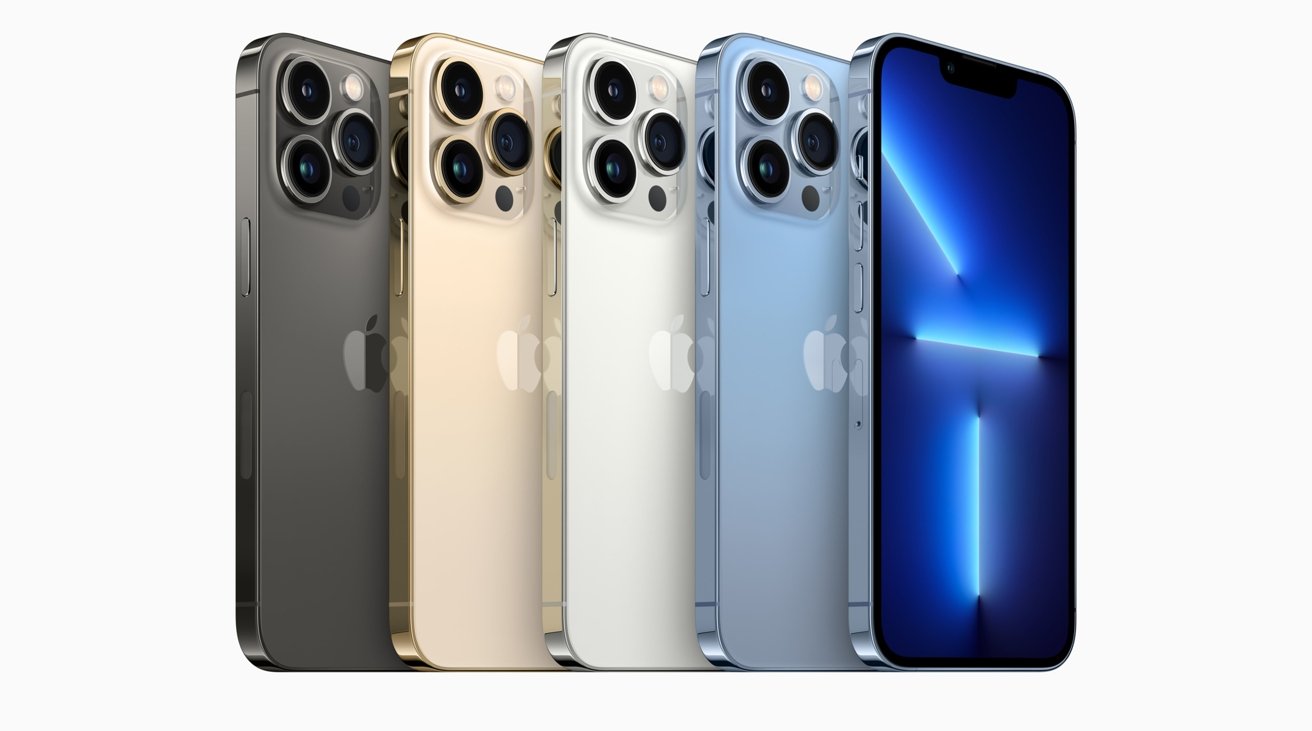
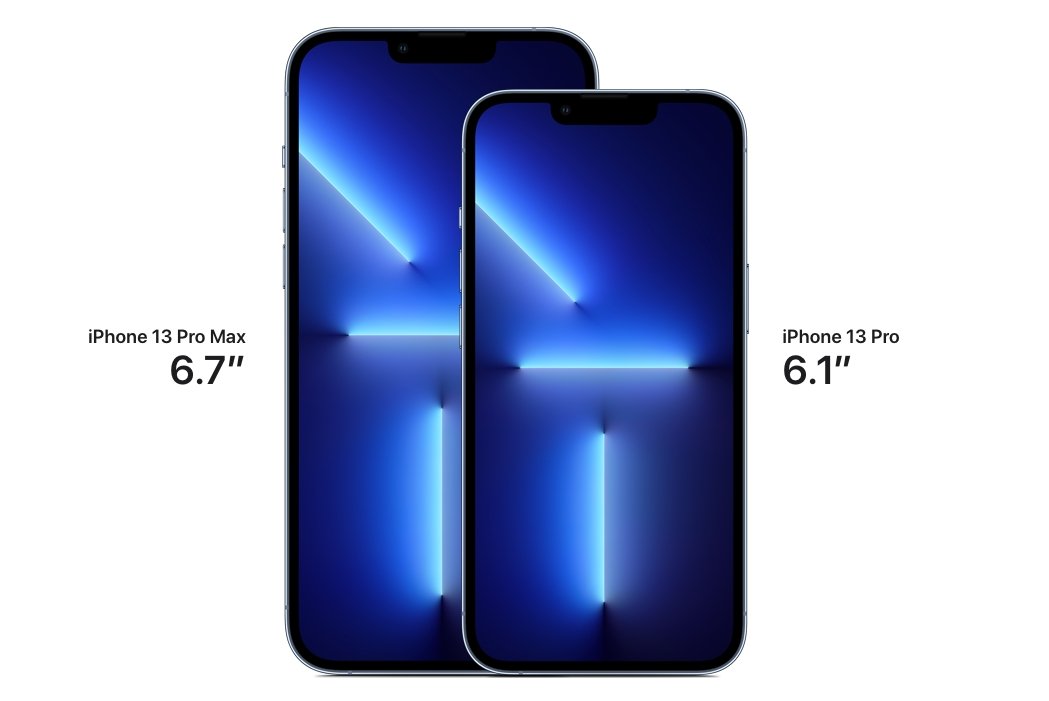
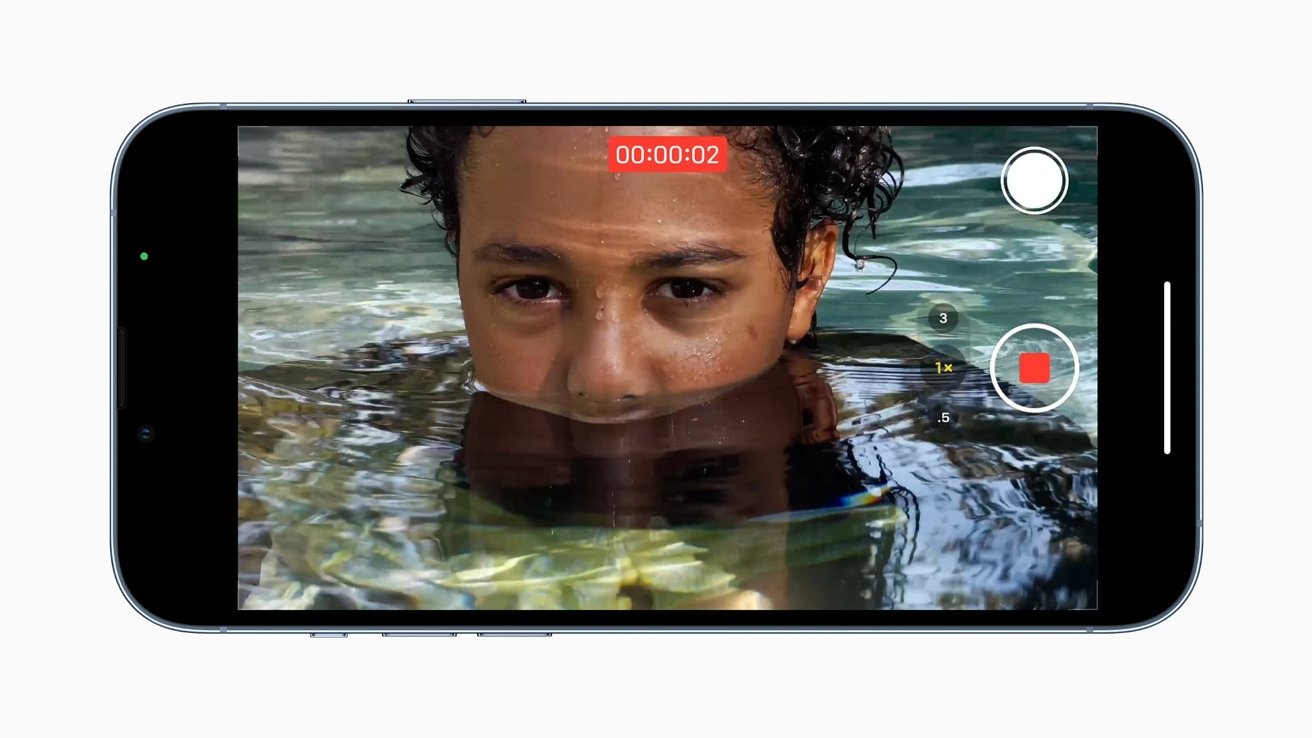
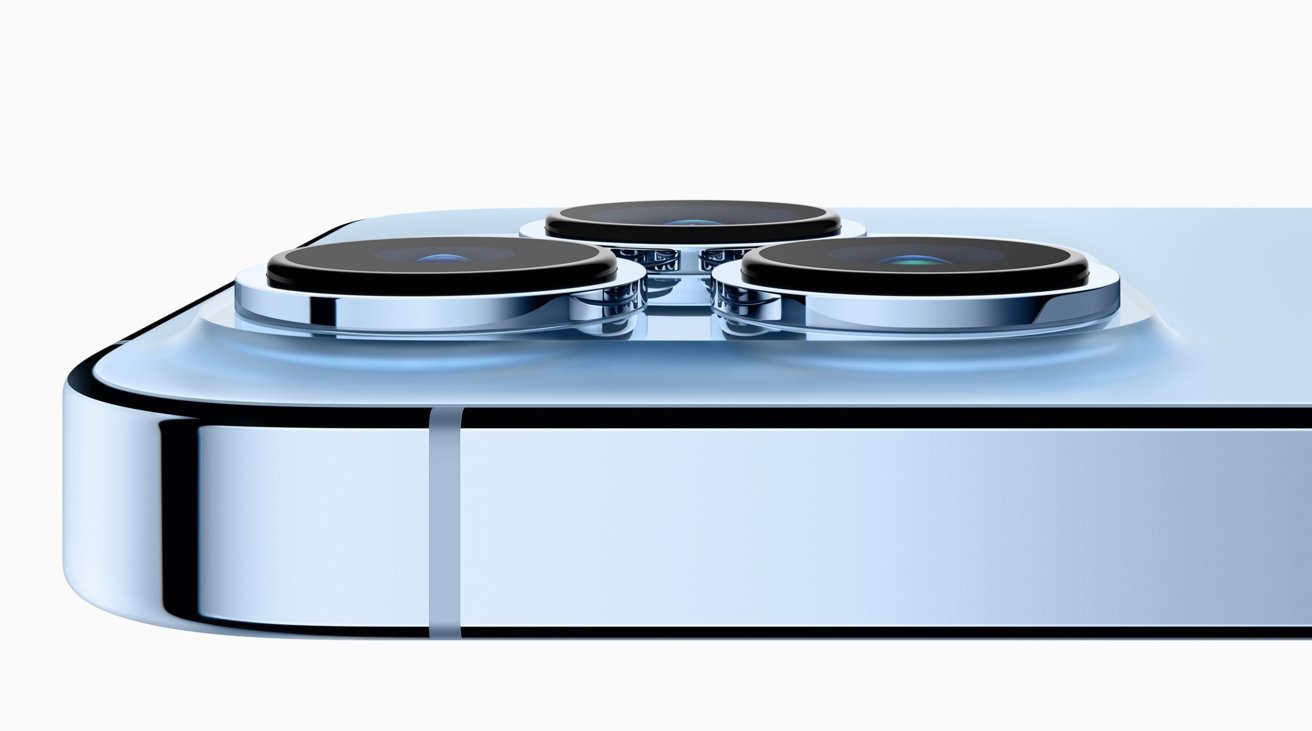
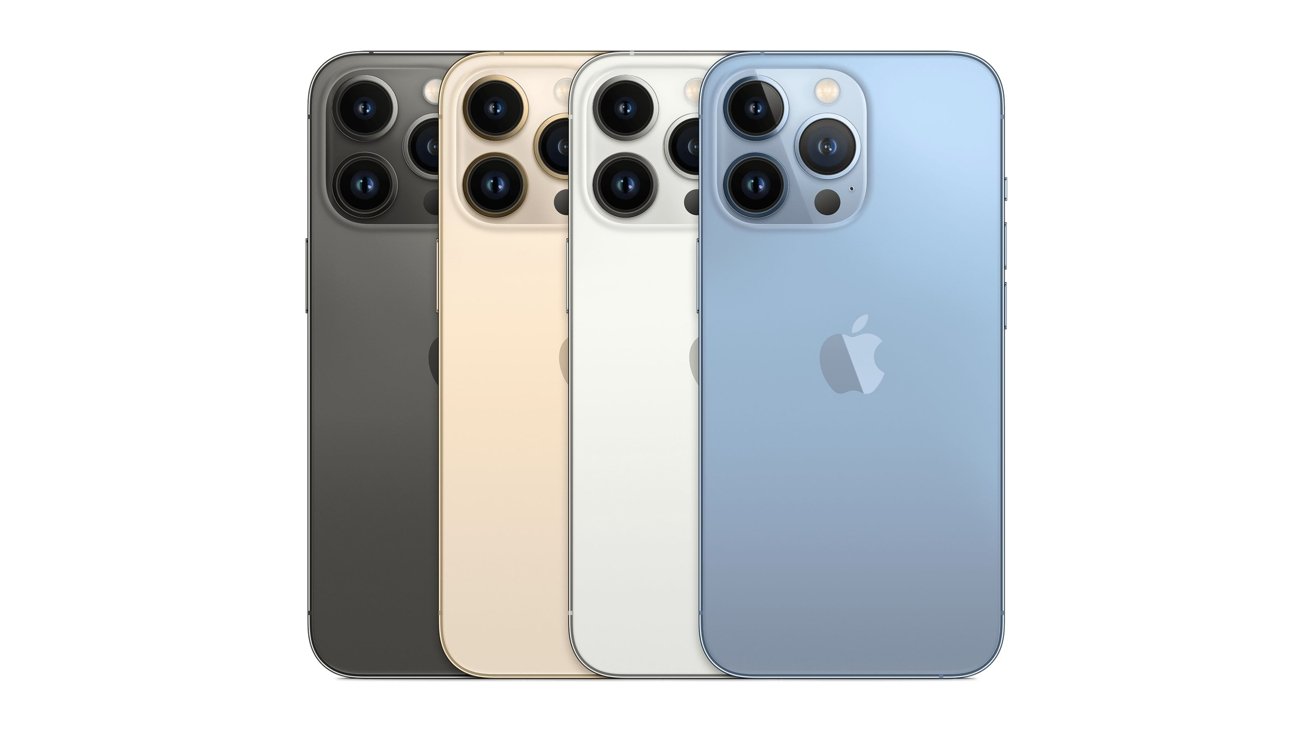

-m.jpg)





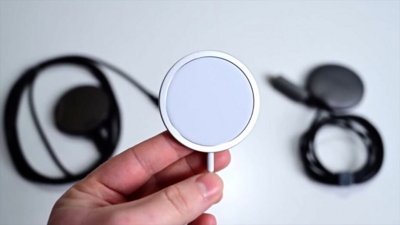
 Andrew O'Hara
Andrew O'Hara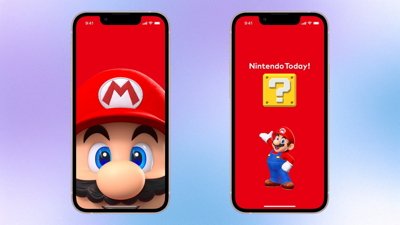
 Amber Neely
Amber Neely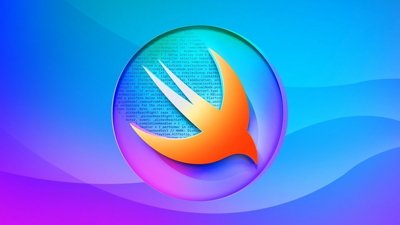
 Marko Zivkovic
Marko Zivkovic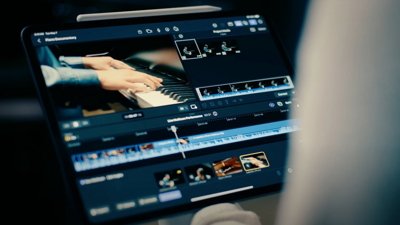
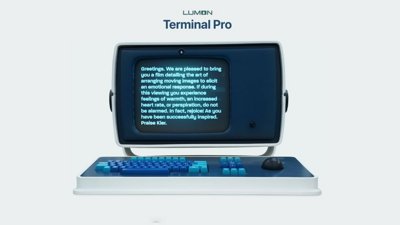
 William Gallagher and Mike Wuerthele
William Gallagher and Mike Wuerthele
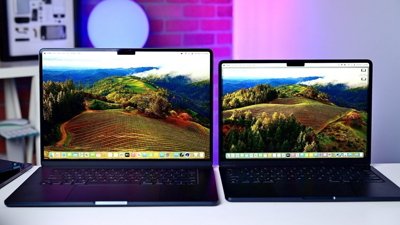



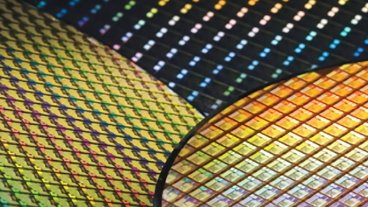






12 Comments
Macro ability is the big winner for me. I won't be buying one yet since my 11 Pro works just fine, but it's great to see this feature added. I never take pictures of people, but having a macro feature to get closeups of plants and things, that is sweet.
I feel so much happier now that the Pro and Pro Max have all of the same features and the only difference is the physical size. I felt so disappointed last year because I wanted all of the best features, but on a smaller phone. I’m also glad that the optical zoom is finally a full 3X.
I am also exited about the macro capability, which is the reason I'm thinking of upgrading from an 11 Pro Max.
I wonder why they named the event as "California streaming"? I mean I understand that Apple is based out of California, but why highlight that now?